Rare Rides: A 1956 DKW Schnellaster, Very Old Van Time

Rare Rides has featured a DKW vehicle only once previously, in a little Brazilian-made version of the mass-market 3=6 wagon. Today’s DKW van also occasionally wore 3=6 badging, but was known as a Schnellaster or F89 L.
The Schnellaster was introduced in 1949 by DKW, a part of the Auto Union group that would later be assumed by Volkswagen and become Audi. Auto Union was brand new at the time, formed via combination of DKW, Horch, Audi, and Wanderer. Founded in West Germany, all Schnellaster vans were built at Ingolstadt where Audi is headquartered today. Considered a light commercial vehicle, the van was sold in panel, pickup, and “minibus” formats.
The Schnellaster was notable especially for its transverse front-wheel drive configuration, at a time when nearly all (or all) production vans and pickups were rear-drive. For that reason, the minibus Schnellaster was a sort of proto-minivan decades before the class was created. The engine layout and drivetrain meant the whole interior area of the car was an uninterrupted flat space, good for cargo or passenger seats. The flat floor allowed for a low load height of 16 inches, and a side-hinged rear door swung out of the way for loading.
Power was delivered via one of three inline-two engines of the two-stroke variety, which advanced in size through the Schnellaster’s production. Displacements were of .7, .8, or .9 liters, and horsepower ranged from 20 to 32. All variants shared roughly the same 118-inch wheelbase, and overall length around 155 inches. At 65.7 inches wide, Schnellaster was 2.5 inches narrower than a modern Mazda Miata.
A commercial success, the Schnellaster remained in production through 1962. DKW developed Schnellaster’s replacement with Italian coachbuilder Fissore, and debuted the F1000 L for 1963. Those vans were built by IMOSA in Spain, and because of the complicated history of Auto Union and Mercedes was also sold as the Mercedes-Benz N1300. At the time, Volkswagen was in process of acquiring Auto Union, and Mercedes (who owned Auto Union since 1958) kept the Spanish commercial subsidiary as its own property. Only a few Spanish-built F1000s were exported back to Europe as the DKW Schnellaster. In the end, the official successor to the F1000 L was the Mercedes-Benz MB100 of 1980.
Today’s very brown Schnellaster is painted with an Audi and Auto Union livery, and is powered by the .7-liter engine. It’s for sale now in Australia for $38,600 USD.
[Images: Auto Union]

Interested in lots of cars and their various historical contexts. Started writing articles for TTAC in late 2016, when my first posts were QOTDs. From there I started a few new series like Rare Rides, Buy/Drive/Burn, Abandoned History, and most recently Rare Rides Icons. Operating from a home base in Cincinnati, Ohio, a relative auto journalist dead zone. Many of my articles are prompted by something I'll see on social media that sparks my interest and causes me to research. Finding articles and information from the early days of the internet and beyond that covers the little details lost to time: trim packages, color and wheel choices, interior fabrics. Beyond those, I'm fascinated by automotive industry experiments, both failures and successes. Lately I've taken an interest in AI, and generating "what if" type images for car models long dead. Reincarnating a modern Toyota Paseo, Lincoln Mark IX, or Isuzu Trooper through a text prompt is fun. Fun to post them on Twitter too, and watch people overreact. To that end, the social media I use most is Twitter, @CoreyLewis86. I also contribute pieces for Forbes Wheels and Forbes Home.
More by Corey Lewis
Latest Car Reviews
Read moreLatest Product Reviews
Read moreRecent Comments
- CKNSLS Sierra SLT Since they are the darling of the rental fleets I have probably spent about 5,000 miles in two different Malibus. I was ready to be discouraged. But for what they are-they are a competent riding vehicle and they get close to 40mpg cursing at a reasonable speed. A little too much plastic in the interior-making it look "cheap". But if I was looking for a competent sedan I would consider an off rental one at a decent price. A new one would suffer massive depreciation-probably.
- Arthur Dailey Kinda wish that I had bought one back in 2011. Yes I know that some here prefer the first generation to the second. But the first was not available new in Canada.I didn't appreciate the centre mounted instrument panel.However one of my children had one as a week long rental and much preferred it to the Prius that she had previously.
- MaintenanceCosts 308/311 is just the rating of the gas engine by itself. The full powertrain power rating, taking into account both power sources is 483/479. The car will do 0-60 in under five seconds. Frankly, I find the idea of that being "underpowered" bizarre.Also, "understated" has never been less fashionable within my lifetime. We are in a moment where everyone wants to make a Bold Statement with everything they do.
- 28-Cars-Later @PoskySo here's some interesting data, Manheim's Used Car index is still 28% higher than shortly before the Plandemic (155 on chart) after declining from a height of 39% (roughly 215) in January 2022, yet interest rates are now more than double on average. Maybe the White House should focus on some deflationomics instead of mucking up everything?
- Dale Had one. The only car I ever bought because of a review in a guitar magazine.Sure was roomy inside for such a small car. Super practical. Not much fun to drive even with a manual.Sent it to college with my stepson where it got sideswiped. Later he traded it in on an F-150.



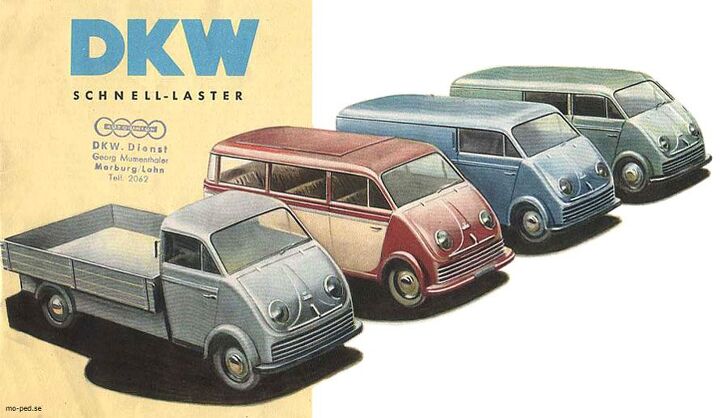














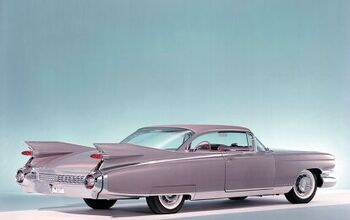


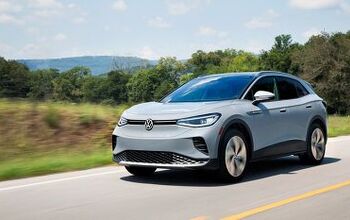
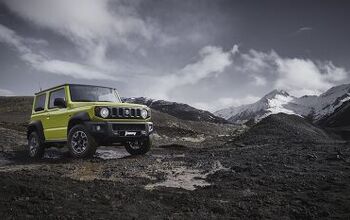
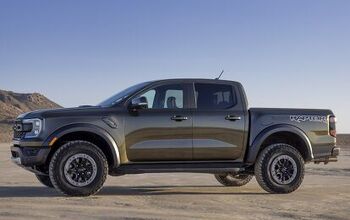
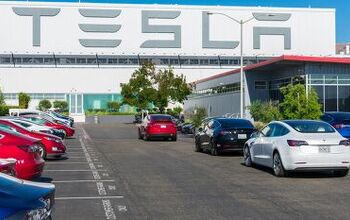
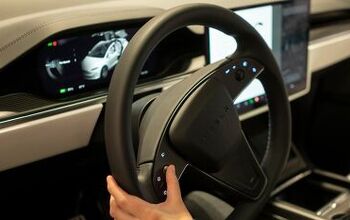
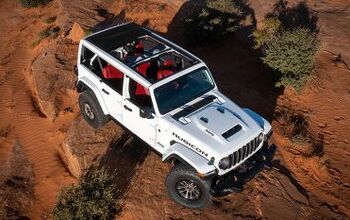
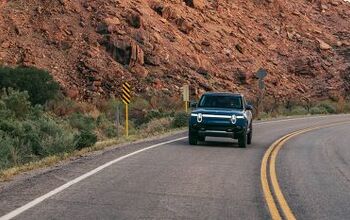
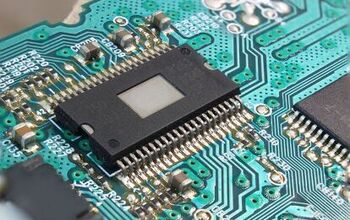
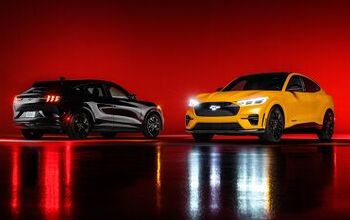
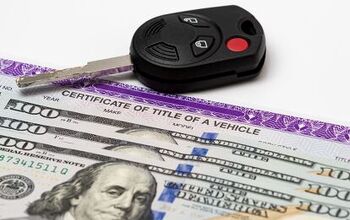
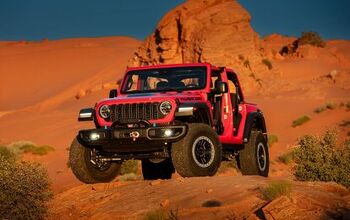
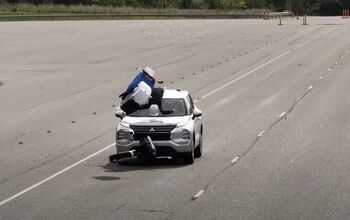

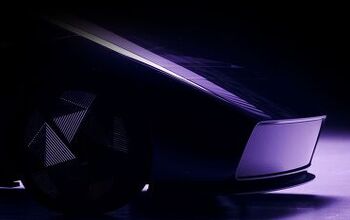
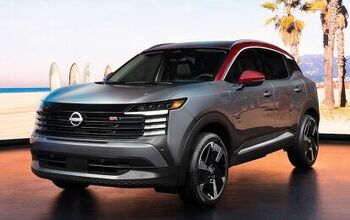
Comments
Join the conversation
Our Austrian (I am NOT German!) neighbor had a DKW van and a Borgward Isabella. Figuring the local Barney Fifes(O.K., that is not really fair since most Edmonds P.D. officers were well overweight and looked nothing like Don Knotts) could not tell the difference between the two, he would switch a single license plate between the two vehicles.
Well, the Typ II VW Microbus/Kombi had this thing beat 50 ways to Sunday by the mid 1950s. With all of 32 hp and proper 4-stroke engine. Probably outsold this DKW a 100 to 1 at the time, and had good sales around the world as well, including the US. http://blog.modernmechanix.com/mi-tests-the-vw-station-wagon/